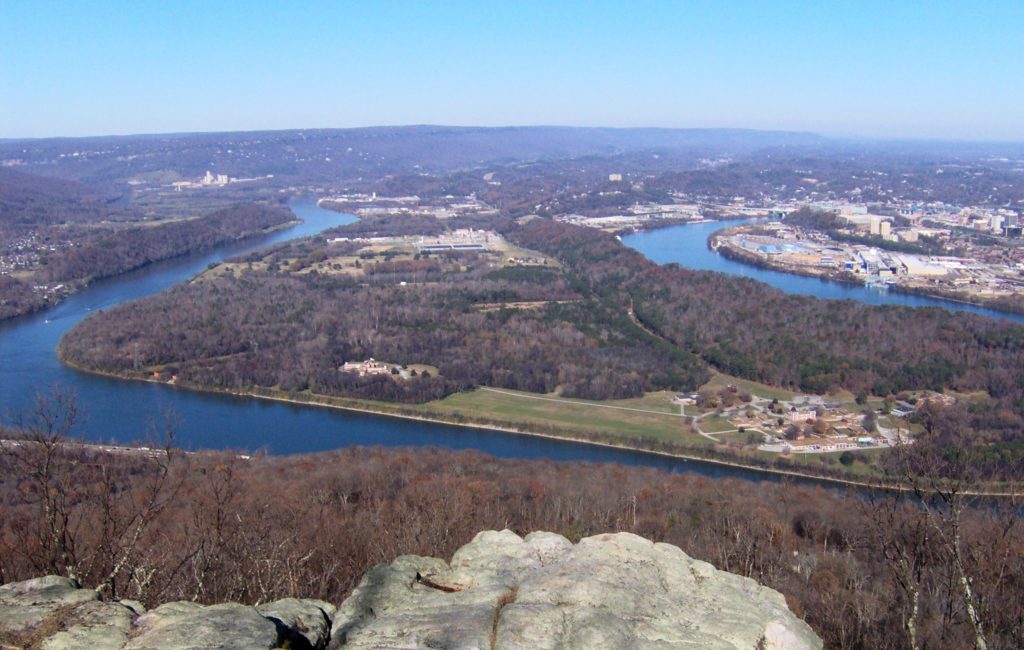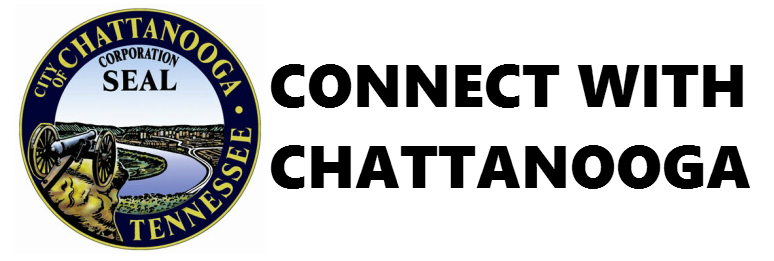Chattanooga is on a river – but it’s not an island
“Chattanooga may be on a river — but that does not mean the city is an island.”
This was among the observations offered by Chattanooga Mayor Andy Berke during a recent visit to the Moccasin Bend Wastewater Treatment Plant, where he commented about his city’s role in leading the regional conversation about sustainability and environmental conservation.
In many ways, that conversation as relevant now as it was five decades ago, at the dawn of the modern environmental movement.
“Fifty years ago, Chattanooga was called the dirtiest city in America. Back then clear, blue-sky days like this were few and far between,” Mayor Berke said. “We knew we could do better. We knew we were better. So we came together, created a plan, and worked hard to clean up our city and make it the “Best Town Ever.” But now is not the time to become complacent.”
The green|light challenge works with businesses, and now city government, to find ways to reduce their carbon footprint.
Since joining the U.S. Department of Energy’s Better Buildings Challenge in 2015, the City of Chattanooga has reduced its energy usage by 30 percent in just four years. The city’s original goal was to reduce its usage by 20 percent by the year 2025.
Mayor Berke said this has been done thanks to both large and small scale projects like replacing 800 fluorescent lightbulbs with 100 LEDs at the Downtown Public Library and installing Building Automation Systems, which limits lighting and HVAC systems usage outside of City business hours.
“These projects, large and small, aren’t just a good investment for the city. They are good for the taxpayer, too, saving more than a million dollars a year in utility costs,” Mayor Berke added.
Speaking from the Moccasin Bend Wastewater Treatment Plant, Mayor Berke said the next large-scale investment would be the installation of at 10-acre solar array at the plant slated to begin later this year.
The proposed array will generate 3 megawatts of solar power, reduce the overall annual power demand from the plant by approximately 9 percent, and save taxpayers more than $200,000 every year.
This was Mayor Berke’s first public event focusing on sustainability since announcing his new Regional Resiliency plan at last month’s State of the City address. Eighteen other mayors from around Tennessee and Georgia have signed onto Mayor Berke’s plan that will tackle big issues like emergency planning, reducing energy consumption and create a system for these leaders to work together on the more far-reaching effects of climate change.

To learn more and get updates on Mayor Berke’s Regional Resiliency plan visit connect.chattanooga.com/regionalresiliency/.
